Last year, I reviewed the Solo Stove Pi Dual-Fuel Pizza Oven and had a blast making pizzas for my friends and family. Using the Pi as a wood-burning pizza oven brought its own challenges, as there’s a constant need to check the oven’s temperature and add wood to try and keep things at optimal temperature to cook your pizzas.
Recently, Solo Stove introduced the Pi Prime. This pizza oven is propane gas-operated, and in the words of Solo Stove, it is “simple enough to be your first pizza oven, powerful enough to be your last.” Solo Stove sent over the new Pi Prime, as well as their Neapolitan Artisan Pizza Box of ingredients, to try out for myself.
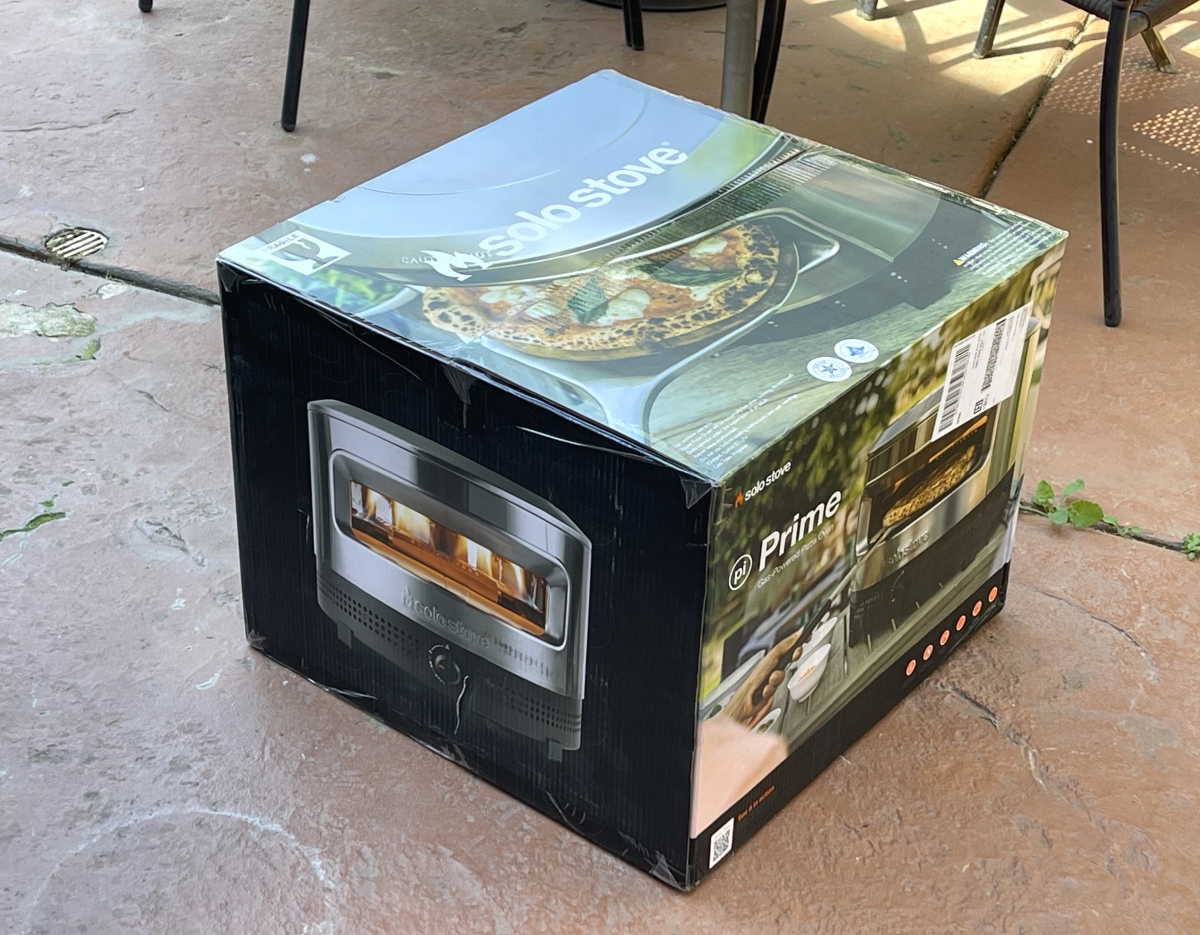
The Pi Prime
The Pi Prime is a propane-only pizza oven that uses Solo Stove’s demi-dome design to cook pizzas in as little as 90 seconds. The stainless-steel oven weighs 30 pounds, and comes with the same cordierite pizza stone as the Pi Dual-Fuel, as well as a waterproof Pi Prime Shelter to cover the oven when not in use and protect it from the elements. The Pi Prime retails for $349.99, and is available directly from Solo Stove, or from the Solo Stove store on Amazon.
The Pi Prime comes securely packaged in styrofoam. Included in the box is the Pi Prime oven, the 2-piece pizza stone, and a cover. The hose for the propane is already attached to the oven.
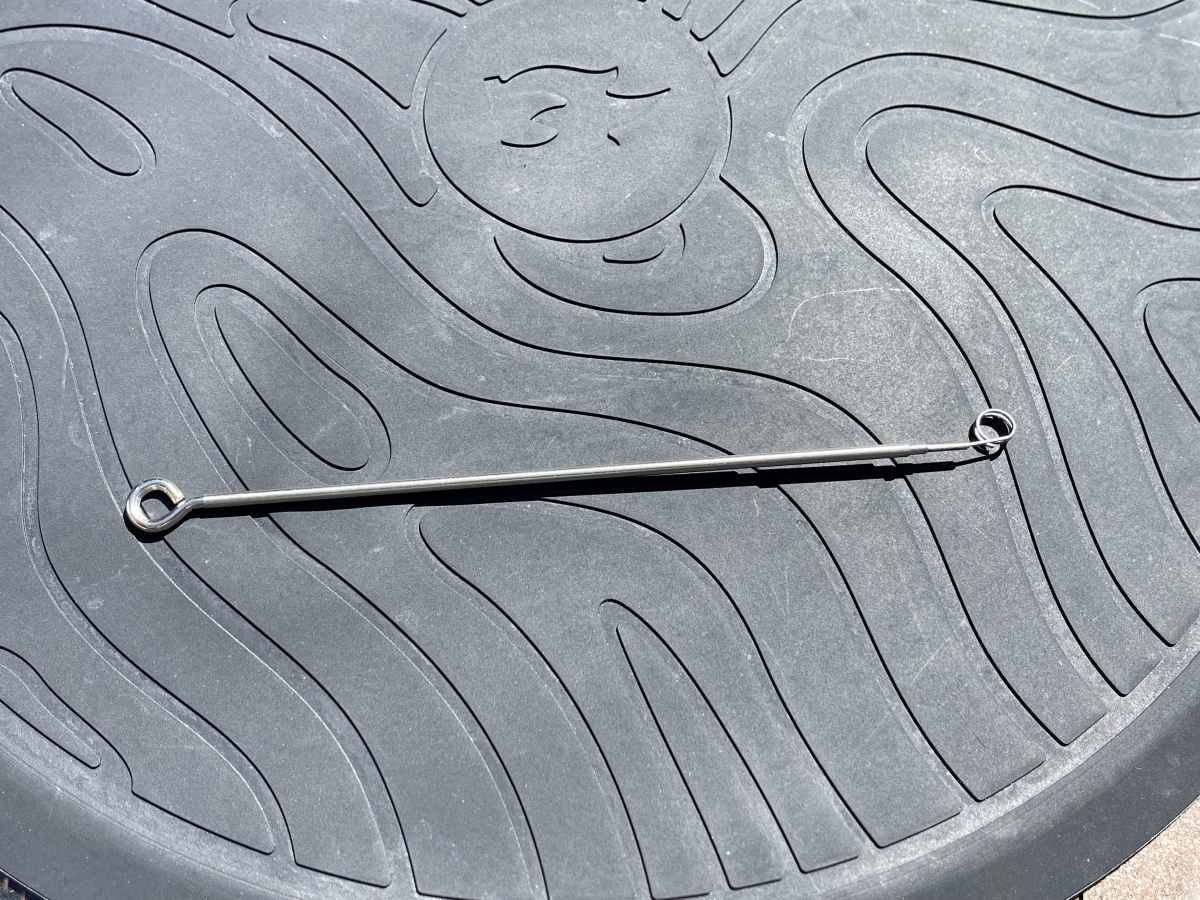
Also included in the box, but not listed on the website, is an extendable match holder. While you can automatically light the Pi Prime, the match holder provides an alternative if you don’t feel comfortable with the process, or if for some reason the lighting mechanism isn’t working.
As the Pi Prime is roughly the same dimensions as the Pi Dual-Fuel, I was able to use the Pi Stand that I already had to hold the oven. As you can see, there a spot down at the bottom of the stand designed to hold a standard propane tank.

All you have to do is connect the hose to the propane tank, and you’re ready to get to cooking.
Neapolitan Artisan Pizza Box
I had been waiting for the Neapolitan Artisan Pizza Box to arrive before testing out the Pi Prime, and thanks to FedEx, I would have to wait a little longer than anticipated. The first time that FedEx attempted delivery, someone else’s package of motor oil had broken open, and spilled all over the box from Solo Stove. Needless to say, I refused the shipment…motor oil is definitely not the kind of oil you cook with!
The second shipment came close to being as disastrous as the first. It arrived a day late from FedEx, and at around 8pm at night. I quickly opened the package, and discovered that all of the dry ice that had been packed into the Styrofoam cooler inside the box had already evaporated! Thankfully, the ingredients were still frozen, so there wasn’t a concern of spoilage.
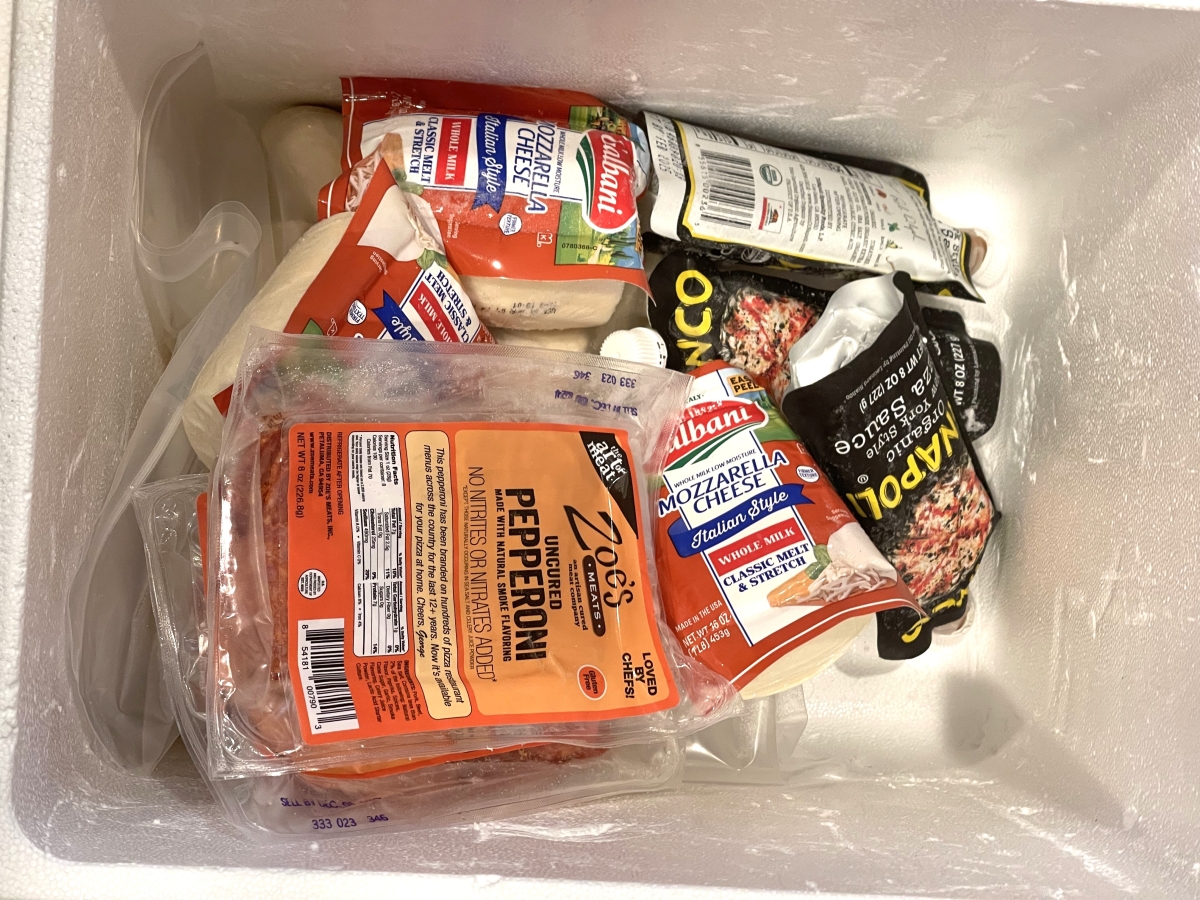
The Neapolitan Artisan Pizza Box costs $149.99, and is available from the Solo Stove webstore. It may also be purchased as a “subscribe and save” subscription at a 15% discount.
The Neapolitan Artisan Pizza Box contains the following:
- (12) Neapolitan Dough Balls – 9 oz. dough balls
- (3) Bianco DiNapoli Organic NYC-Style Pizza Sauce – 8 oz. resealable pillow pouches
- (3) Galbani Shreddable Mozzarella – 6 oz. 100% whole-milk low-moisture
- (2) Zoe’s Meats Pepperoni – 8 oz. uncured sliced pepperoni (nitrate and nitrite free)
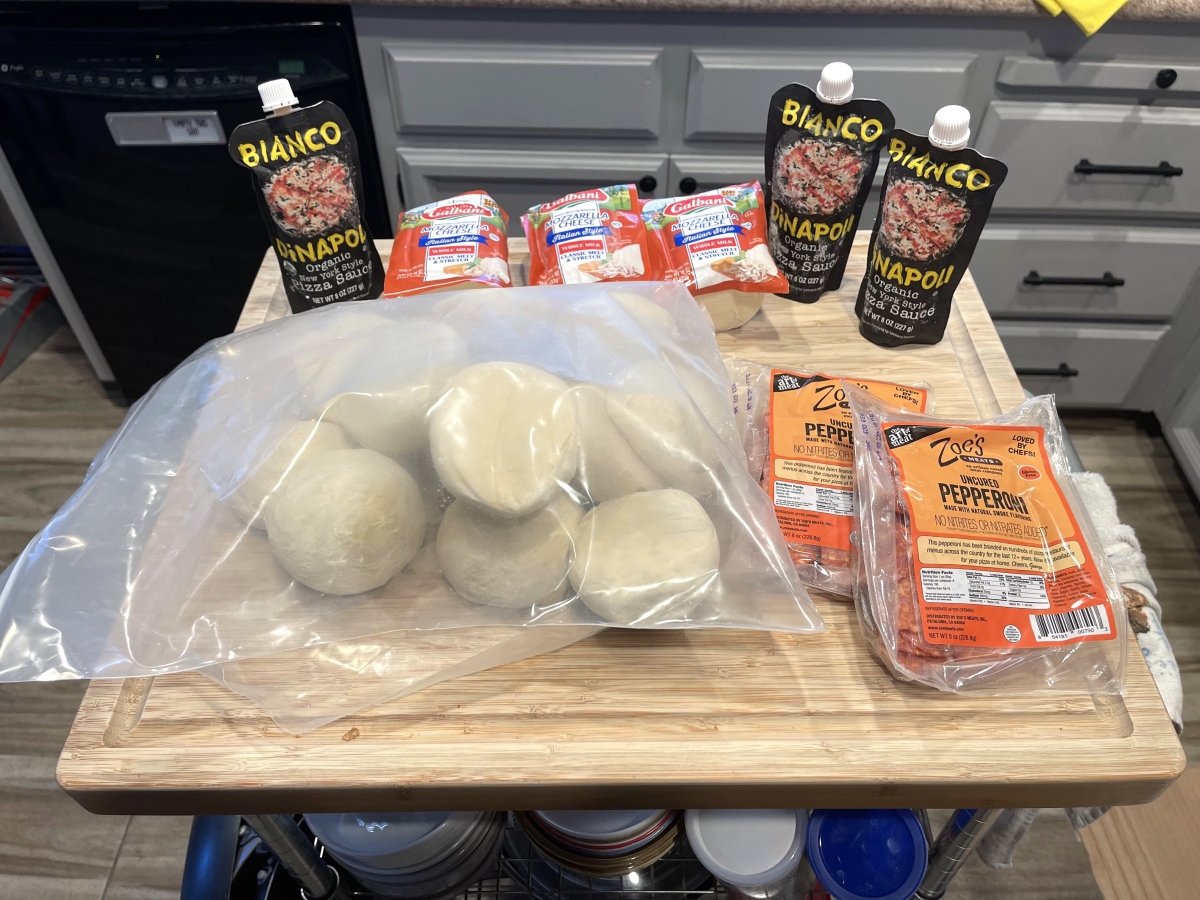
Cooking With the Pi Prime and the Neapolitan Artisan Pizza Box
To start up the Pi Prime, you just have to turn the control knob counterclockwise to the lightning bolt symbol. There will be a click, and then you’ll see the flame lit in the back of the oven.
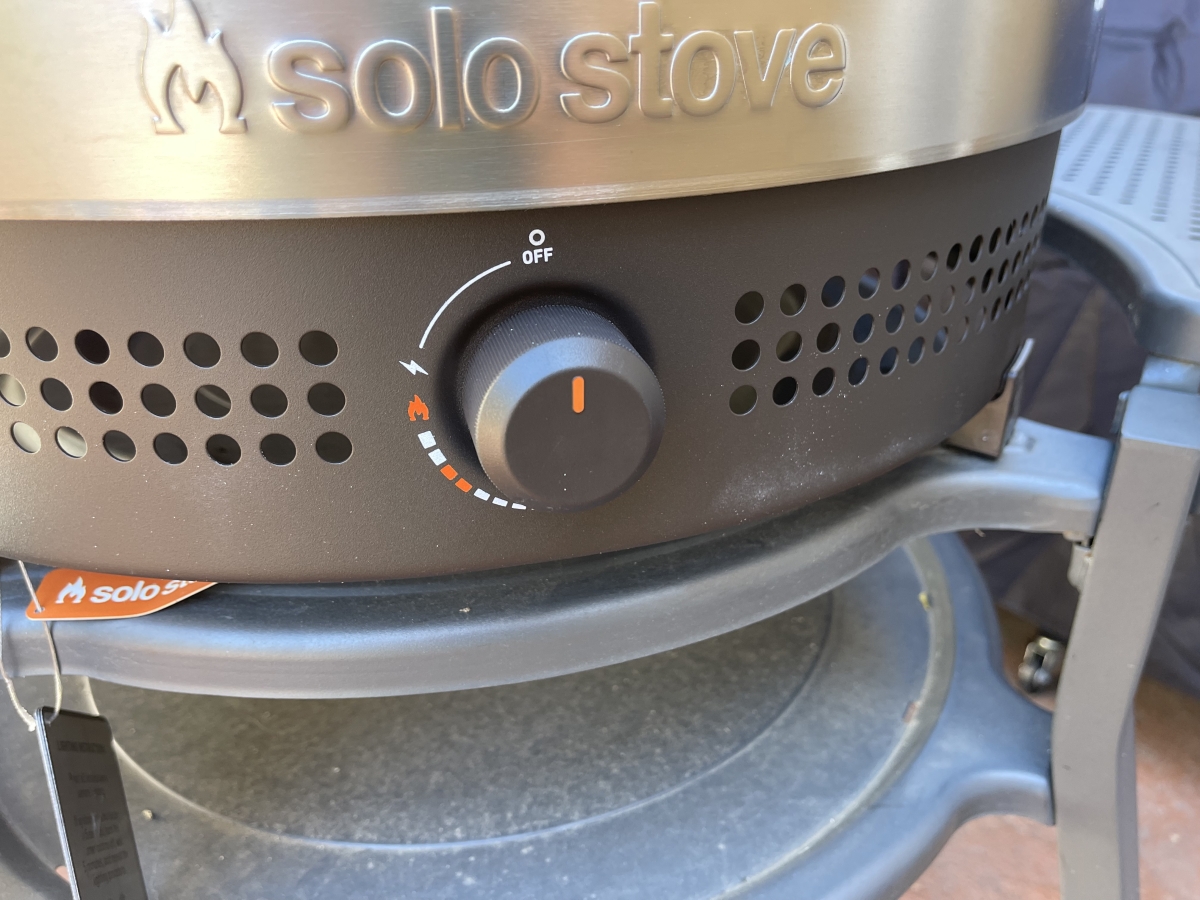
You then leave the Pi Prime on high setting for 15 minutes, until the oven has reached the desired temperature. There is no built-in thermometer in the Pi Prime; I instead used the infrared thermometer gun that Solo Stove had sent to gauge the temperature.
As the oven neared the end of the 15-minute mark, we started to build the first pizza, using only the item from the Neapolitan Artisan Pizza Box. With the dough balls, all you have to do is work the dough out into approximately a 12″ circle. I had previously had difficulty launching pizzas into the Pi Dual-Fuel oven, so I did a little research. I discovered there was a big mistake we had been making. All our old pizzas had been built directly on the pizza peel, at a leisurely pace. It turns out that the longer the dough is sitting on the peel, the more it starts to stick to it!
The key to being able to easily launch the pizza into the oven is to either build the pizza and then place it onto the peel, or (as we did) build the pizza directly on the peel, but swiftly, taking only about 30 seconds from the dough hitting the peel to the pizza entering the oven. Additionally, semolina flour is your friend: be sure to dust the peel with semolina flour before building the pizza, as it will also help a smooth transition from peel to oven. Having all your ingredients in bowls and ready to go also helps with the process.

And guess what? All the pizzas launched into the Pi Prime effortlessly. The first couple of pizzas came out a bit charred on the edges, as the temperature in this oven was higher than I was used to from the wood burning Pi Dual-Fuel. I soon adjusted the temperature, and was able to get a nice result. It also helped that I had learned how to better use the pizza turner, to get more consistent coverage of the heat on the pizza. Even though the heat gets distributed well inside the oven, it is unavoidable that the highest temperature in the oven is at the back, where the flame is.
The Pi Prime and the Neapolitan Artisan Pizza Box – The Verdict
As advertised, working with the Pi Prime pizza oven was very easy. As opposed to a wood-burning pizza oven, you don’t have to keep adding fuel. Just like using the oven in your kitchen, you set the temperature on the dial, and the heat stays consistent. Once we got the temperature to where we were happy with for cooking, it would have been easy to keep churning out consistently well-baked pizzas. And as opposed to a wood-burning pizza oven, there’s no smoke to deal with.
The tradeoff, unfortunately, is the same as you get with a propane grill. The Pi Prime is convenient and easy to use, but you won’t get that wood-fired taste that you have with a wood-burning oven. Though, if you don’t care about that wood-fired flavor, then the issue is a non-starter. The Pi Prime is also one of the most affordable pizza ovens available, which will certainly be a consideration for many. While the Pi Dual-Fuel can allow you to cook with either wood or gas, you will have to pay extra to use both fuels, bumping the cost up to $489. And even if you want to use the Pi Dual-Fuel with just wood, it still costs $40 more than the Pi Prime.
Overall I was very happy with the ingredients of the Neapolitan Artisan Pizza Box. The Bianco DiNapoli sauce was delicious, and the Zoe’s Meats Pepperoni was both flavorful and cooked up very nicely on the pizzas, as you can see.

I did have some mixed feelings on the dough. Prior to using the Neapolitan Dough Balls, I had been using a crust mix where you have to mix in water and allow the dough to rise. The dough balls are much easier to work with as they just need to be at room temperature. However, I found I didn’t enjoy the flavor of the crust from the dough balls quite as much as I did with the flavor from the mix . Certainly not a deal breaker, but it gets back to the issue of convenience versus flavor. And depending on one’s palate, you may actually prefer the dough balls.
Overall, the combination of the Pi Prime pizza oven and the Neapolitan Artisan Pizza Box will allow just about anyone to quickly and easily prepare restaurant-quality pizzas in their backyards. The convenience of the propane stove and the pre-packaged artisan ingredients are a boon, especially for those that are looking for great results without a lot of effort and experimentation. It’s hard to go wrong with either offering from Solo Stove.
For more information, be sure to visit the Solo Stove website.
Solo Stove sent samples for evaluation, but had no input into this review. As an affiliate, I may earn a small commission on qualified purchases.




